This year marks the 20th anniversary of the release of The Lord of the Rings: The Fellowship of the Ring, the first chapter of The Lord of the Rings trilogy that would go on to make millions at the box office, win 17 Oscars, and become widely regarded as one of the most impressive works of cinema ever made. Based on the books by J.R.R. Tolkien, the films see Elijah Wood play Frodo Baggins, a young Hobbit who is tasked with carrying the Ring of Power across a harsh landscape to be destroyed in the fires of Mount Doom before he is found by the evil Sauron. Accompanied by a fellowship of brave explorers from various parts of Middle Earth, the stories of Frodo and his companions are as popular now as they were twenty years ago.
Join us as we break down why The Lord of the Rings trilogy remains the greatest series of films of the 21st century, and what it is about these fantastic adventures that hasn’t been topped in the two decades since…
Peter Jackson’s Masterwork
These are the films with which director Peter Jackson will always be associated, however he might not have been the first choice in many people’s minds prior to taking on the task. The Wellington-born filmmaker rose to prominence in the ‘80s and early ‘90s through his endeavours in low-budget cult cinema, largely based in horror. When Hollywood came calling, there was one project Jackson was determined to make. But to realise his vision, he would have to fight. Studios were hesitant to trust a large budget and three movies to a filmmaker who had largely worked in independent projects, but eventually a deal was struck, and the director began the process of adapting the films in a way that had never been attempted before.
Jackson succeeded because he understood the story was about more than Frodo’s quest to destroy the Ring. It involved creating a world that made sense, that felt palpable and lived-in. Many fantasy films are steeped in lore that only really exists to get the characters moving, however Tolkien’s books possessed entire maps, languages and vast histories. As such Jackson, along with co-writers Fran Walsh and Philippa Boyens, penned a script that possessed everything they felt was important to tell the story of the books on film.
The visuals also had to match the words. For this, Jackson turned to his homeland of New Zealand, utilising cutting-edge effects and an army of creatives to bring Middle Earth to life in all its vibrancy, gloom, terror, mysticism and joy. Using techniques from his work in horror, he was able to craft such memorable scenes as Frodo’s battle with Shelob, or the unnerving conversations between the dual psyches of Gollum.
Courage And Fellowship
At its heart, however, The Lord of the Rings movies are about bravery and friendship. Frodo and his best friend Sam (Sean Astin) are far from the biggest or strongest characters in the land, but they show time and again that courage can come from the unlikeliest of places. We also see other characters on their own personal arcs; Aragorn (Viggo Mortensen), for instance, is a drifter hiding from his destiny, and we follow him on his journey to becoming King of Gondor. There are struggles among friends, between estranged parents and children, and within the minds rulers who must decide what is best for their people at the darkest of times.
The heart of the film is perhaps best described by Sam in The Two Towers, part of a performance from Astin that’s considered one of the great overlooked Oscar contenders.
Sam is the loyal lieutenant who carries ring-bearer Frodo, both physically and mentally, through the very worst moments. To keep him going, Sam talks about “the great stories” passed down through the generations: “Folk in those stories had lots of chances of turning back. Only they didn’t, because they were holding on to something,” he says. “That there’s some good in this world, Mr. Frodo. And it’s worth fighting for.”
If anything sums up the beauty of the characters in the trilogy, it is that: humble characters who call upon untold strength to fight for what they believe in.
No Gollum = No Thanos?
One of the signature performances of The Lord of the Rings trilogy was the character of Gollum, a wretched being driven insane by his desire for the Ring, to the point that it consumed his memories, his body and even his voice. Andy Serkis played the part through motion capture, working on set with actors for reference while his movements and voice were captured and animated over. It’s considered a turning point, not just in how the technology had progressed, but also in how we viewed the medium.
Motion capture didn’t begin with Jackson’s films; it had been used to various extents in film, video games and other media for years before the Lord of the Rings movies were released. However, generally speaking they were always considered ‘effects’, like a CGI building or scenery. Serkis’ performance helped audiences and filmmakers see the potential of motion capture as an acting tool that could be used, much like make-up or props, to aid in delivering something powerful and moving.
Twenty years on, and motion capture has become a huge part of the blockbuster filmmaking process, with some of the most popular characters of recent years having been delivered by ‘mocap’. In the years since, it has allowed filmmakers to realise characters in new ways – Serkis himself played the animal stars of both Peter Jackson’s King Kong and the recent Planet of the Apes trilogy, while Avatar and Steven Spielberg’s The Adventures of TinTin featured predominantly mocap casts. In fact two of the biggest films of all time, Avengers: Infinity War and Endgame, featured villain Thanos (Josh Brolin), a being so magnificently realised by motion capture that it’s hard to imagine him existing in cinema by any other means.
So many of these performances find their roots in Gollum, a collaboration between man and technology that produced something that was more than just visually impressive. It revealed the potential for the next chapter of movie magic, where even physical limitations were no longer an issue.
There And Back Again…
Finally, we are able to look back at the trilogy as a whole, because that’s exactly what it is. It’s rare that a film series can bring a story full circle with such seamless continuity, but it is so with The Lord of the Rings – largely because of the comprehensive nature of Tolkien’s works, but also due to the commitment of cast and crew to filming the movies back-to-back, ensuring that each story threads into the next.
Traditionally, a sequel or spin-off is planned as a reaction to the previous film. As such, each instalment is often a case of writers and directors creating a good-enough reason to bring characters back, and not always successfully. With The Lord of the Rings, we see the beginning, middle and end of a larger story beautifully woven together, along with the many subplots involved within that journey.
Now, when people talk about watching the films back again, it’s always all three – not the most successful or most popular single instalment, but all three films as one glorious cinematic experience (and often with the Extended Edition cuts that were released after the films’ cinema run). While theatres may show one or two movies in a series for nostalgic fans, you’ll usually find that these films are presented together, or at least screened in quick succession. For us, that’s the sign of a truly great film series: that those who hold it dear would not want to miss one moment.
The Middle-earth Ultimate Collector’s Edition will be available on 4K Ultra HD and Blu-ray from 25 October in the UK, 26 October in the US and 25 November in Germany.
[Image At Top: Copyright Warner Bros. Home Entertainment]
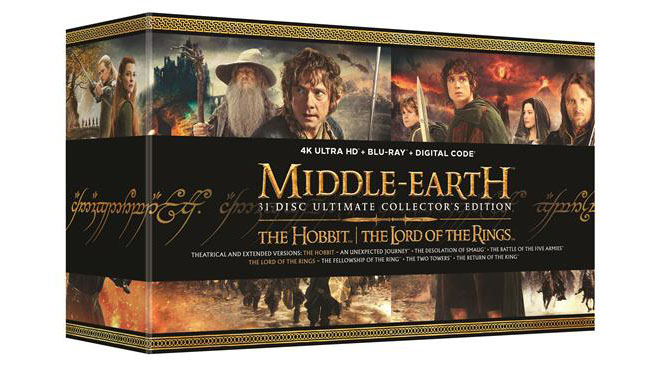

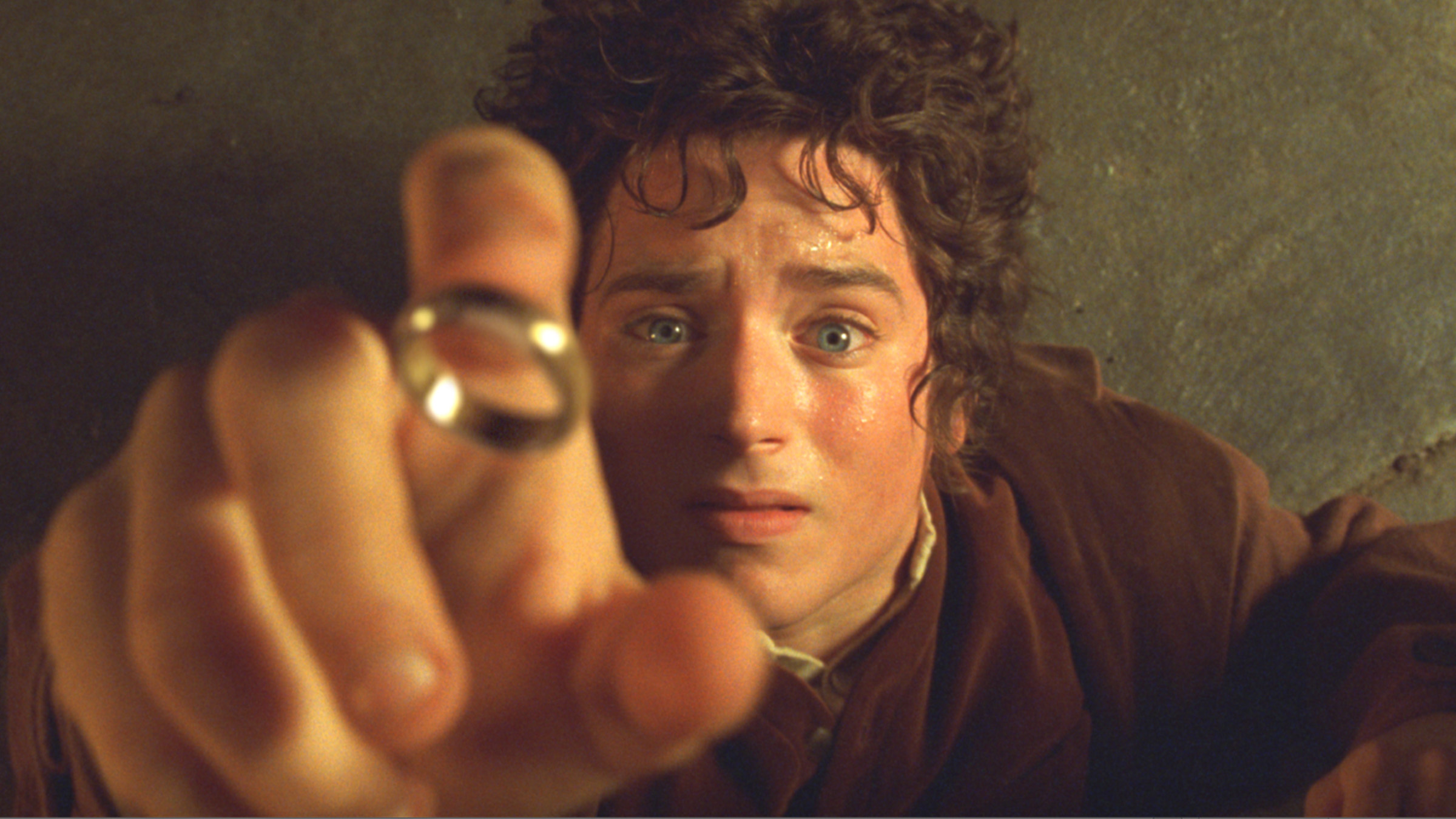

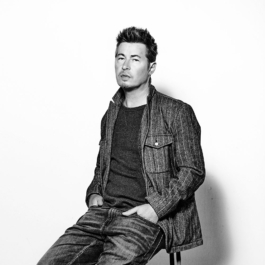







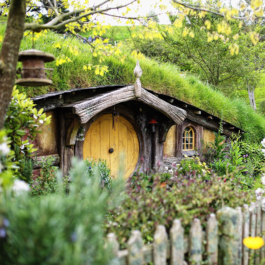
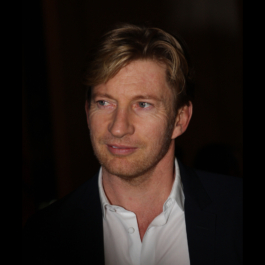
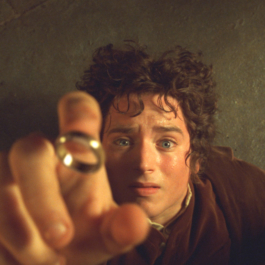
Sorry, the comment form is closed at this time.